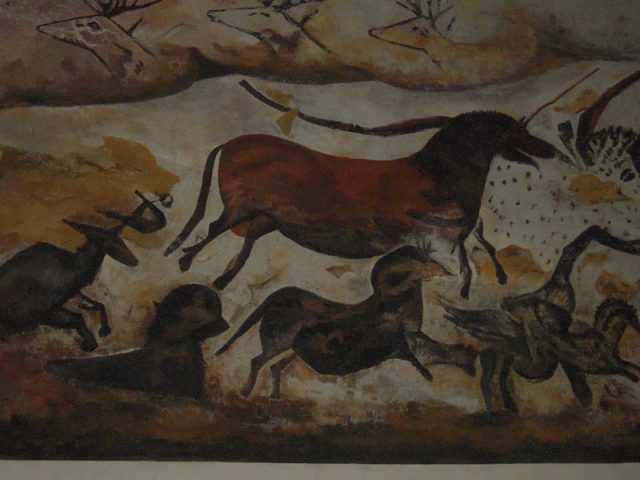Horses in Art: From Cave Paintings to Modern Masters
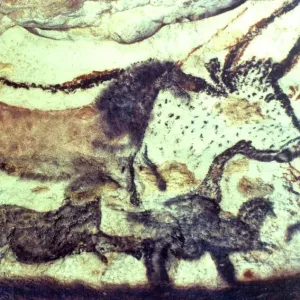
Horses have been a captivating subject in art for thousands of years, symbolizing power, freedom, and beauty. This article explores the evolution of equine representation in art, tracing its journey from prehistoric cave paintings to the works of contemporary artists.
Early Depictions: Cave Paintings
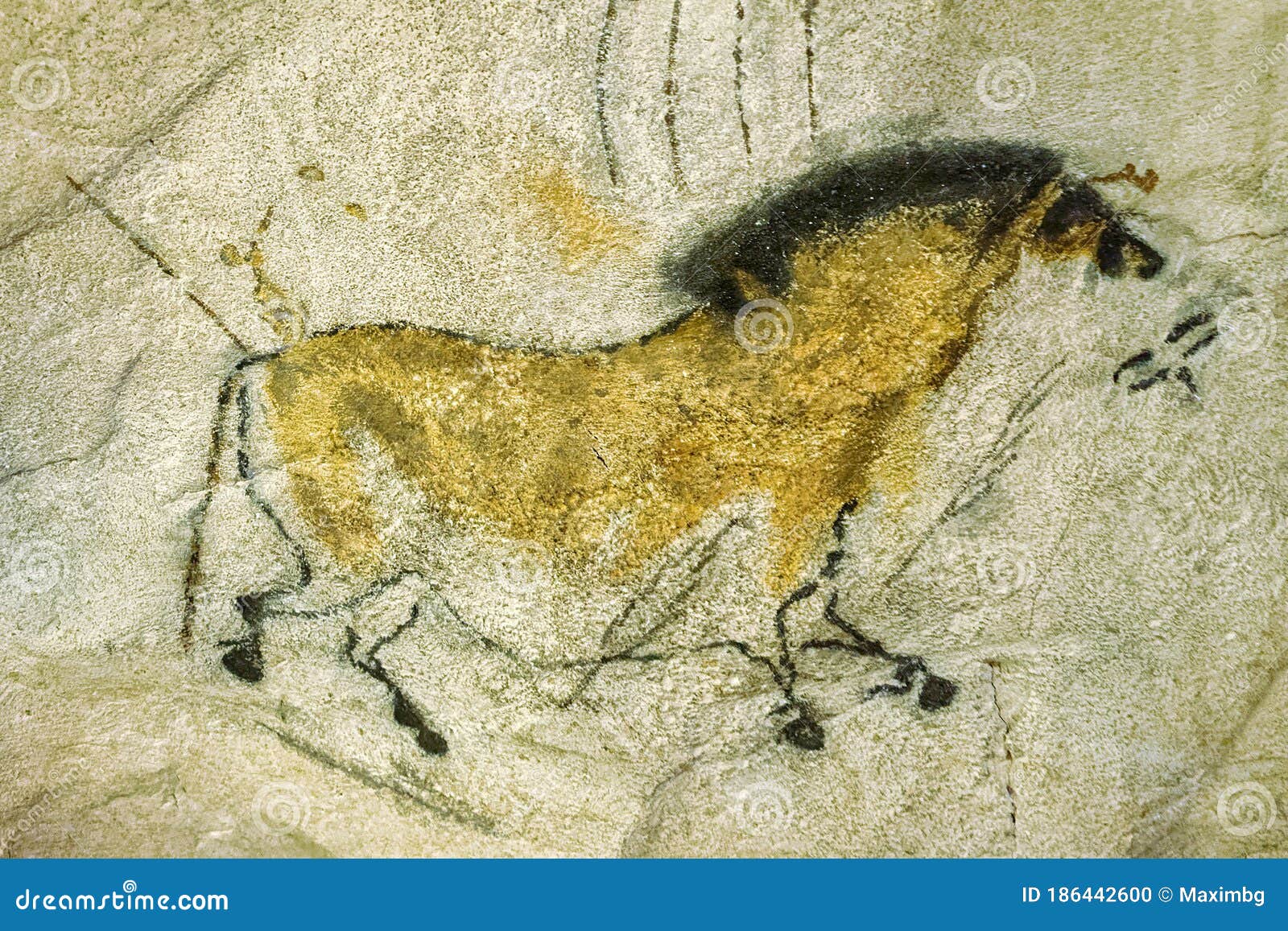
The earliest known artistic representations of horses date back to the Paleolithic era, around 30,000 to 40,000 years ago. These cave paintings, found in sites such as Lascaux in France and Altamira in Spain, showcase horses with remarkable detail and dynamic movement. These images were not merely decorative; they likely held spiritual or ritual significance for early humans, possibly related to hunting magic or totemic beliefs.
Horses in Ancient Civilizations
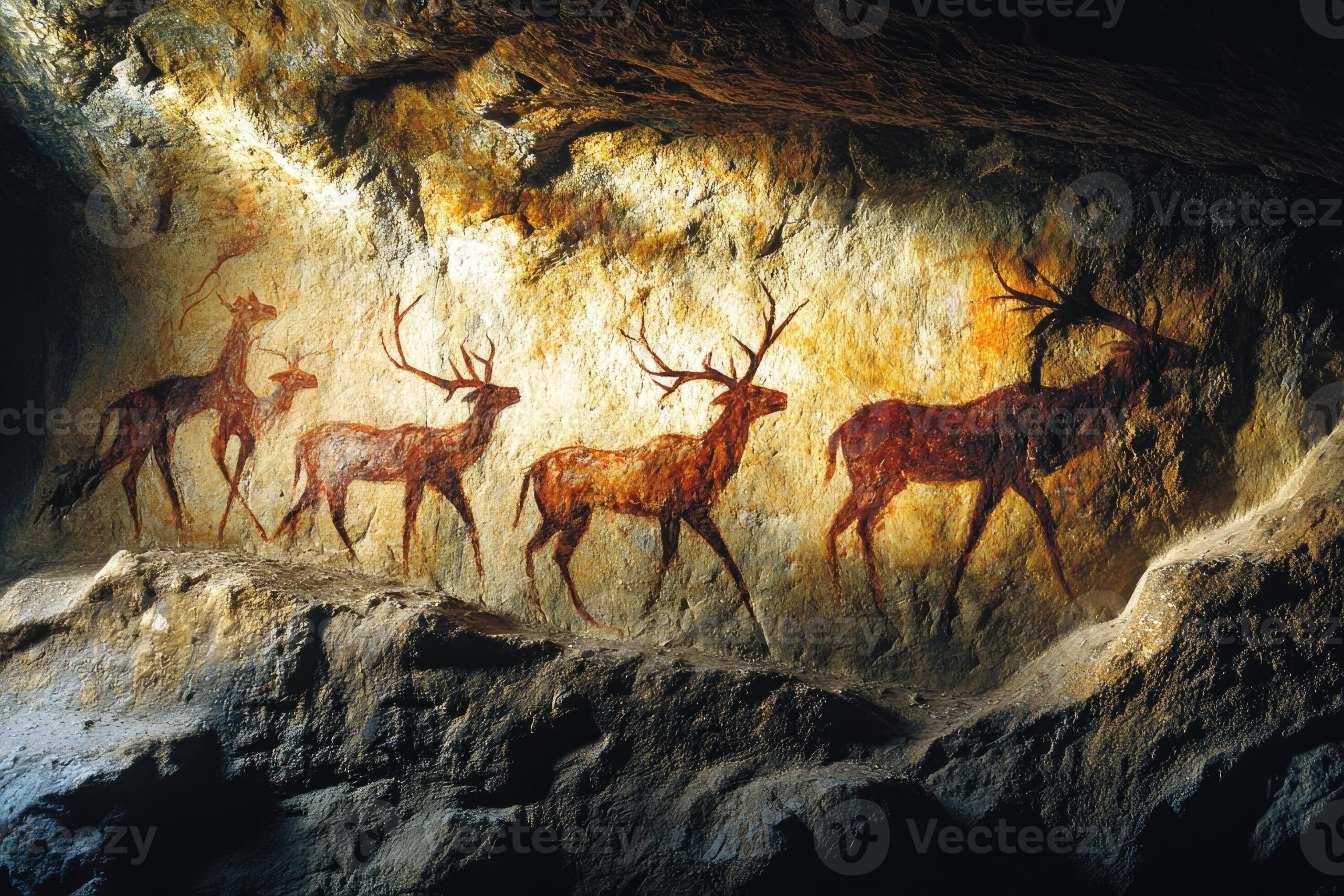
As human societies evolved, horses became central to transportation, warfare, and agriculture, which was reflected in their artistic portrayals. Ancient Egyptians depicted horses in chariots, symbolizing status and power. In Mesopotamian art, horses often appeared in reliefs and cylinder seals, emphasizing their role in military conquests.
The Classical and Medieval Periods
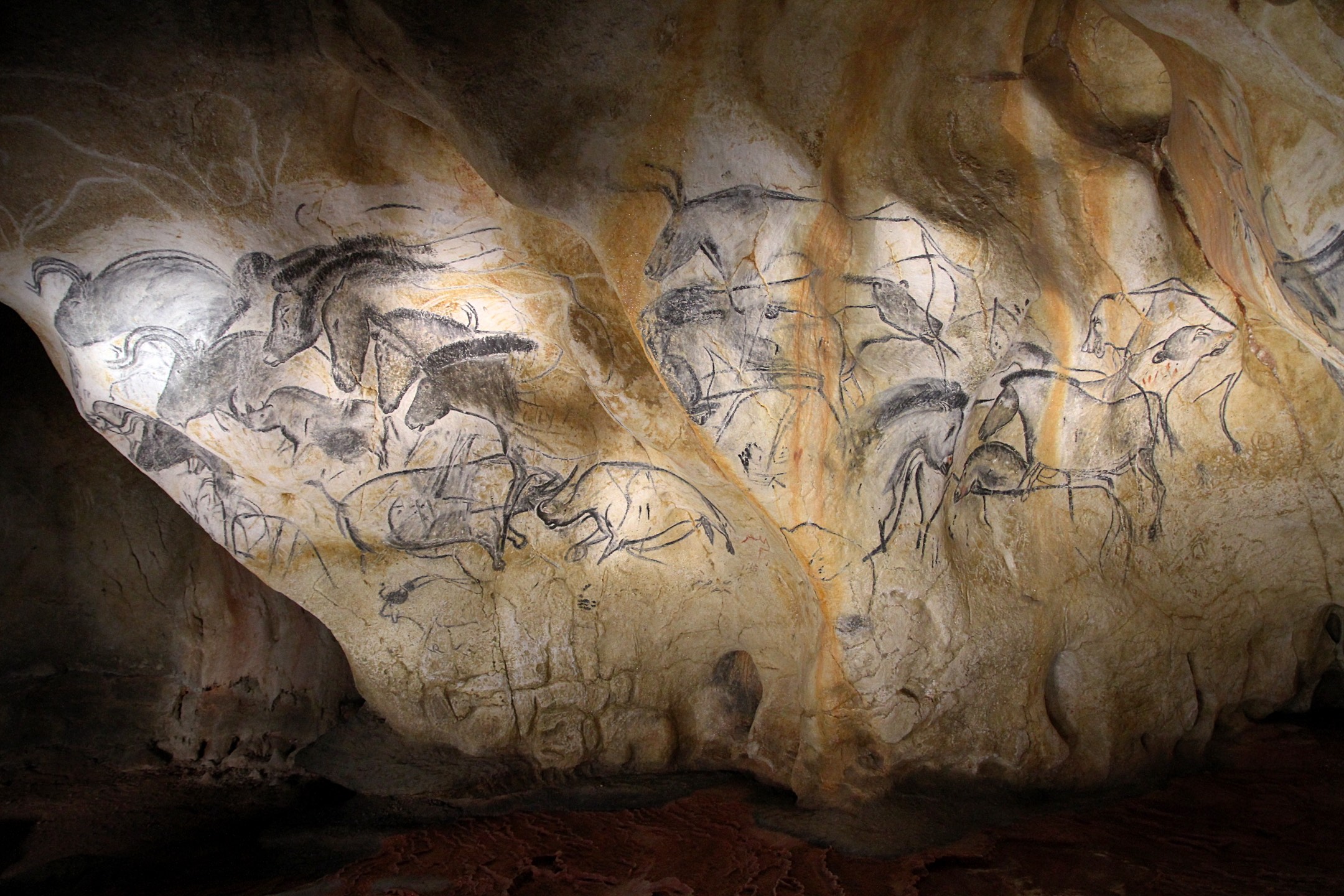
During the Classical period, Greek and Roman artists celebrated horses in sculpture and pottery, highlighting their anatomy and grace. The famous statue of the Horse of Selene and the equestrian statues of Roman emperors exemplify this admiration.
In the Medieval era, horses were frequently depicted in illuminated manuscripts and tapestries, often associated with knights and chivalry. The horse became a symbol of nobility and valor.
Renaissance to Baroque: Mastery of Form and Movement
The Renaissance brought a renewed interest in realism and anatomy. Artists like Leonardo da Vinci studied horse anatomy meticulously, producing detailed sketches that informed their paintings and sculptures.
Baroque artists such as Peter Paul Rubens captured the dynamic energy and muscular power of horses in battle scenes and mythological contexts, using dramatic lighting and movement.
Horses in Modern and Contemporary Art
In the 19th and 20th centuries, artists like Edgar Degas and Pablo Picasso reinterpreted horses through impressionism and cubism, focusing on movement, form, and abstraction rather than strict realism.
Contemporary artists continue to explore horses as symbols of identity, culture, and environmental concerns, using diverse media from digital art to installation.
Table: Timeline of Horses in Art
| Period | Key Characteristics | Notable Examples |
|---|---|---|
| Paleolithic | Spiritual, dynamic cave paintings | Lascaux, Altamira |
| Ancient Civilizations | Symbol of power, status, military use | Egyptian chariot art, Mesopotamian reliefs |
| Classical & Medieval | Anatomical accuracy, nobility symbolism | Horse of Selene, illuminated manuscripts |
| Renaissance & Baroque | Realism, anatomy, dramatic movement | Leonardo da Vinci sketches, Rubens paintings |
| Modern & Contemporary | Abstraction, symbolism, diverse media | Degas, Picasso, contemporary installations |
FAQs
Q: Why were horses important in ancient art?
A: Horses symbolized power, status, and were vital for transportation and warfare, making them significant subjects in ancient art.
Q: How did the depiction of horses change during the Renaissance?
A: Artists focused on anatomical accuracy and realism, studying horse physiology to depict them more lifelike.
Q: What styles have influenced modern representations of horses?
A: Impressionism, cubism, and abstract art have all shaped how horses are portrayed in modern and contemporary art.
Q: Are horses still relevant in contemporary art?
A: Yes, they continue to be powerful symbols and are explored through new media and themes reflecting current cultural and environmental issues.
This journey through the artistic portrayal of horses reveals not only the evolution of art styles but also the enduring significance of horses in human culture and imagination.
